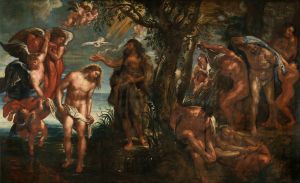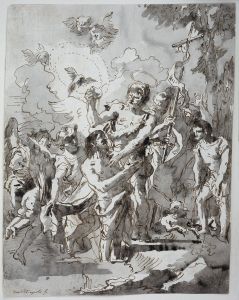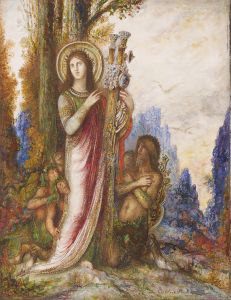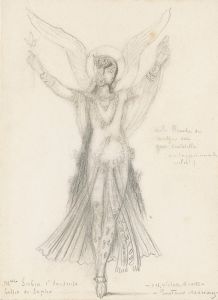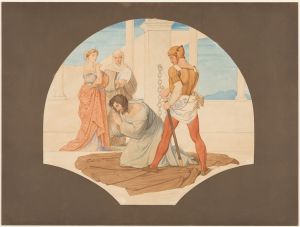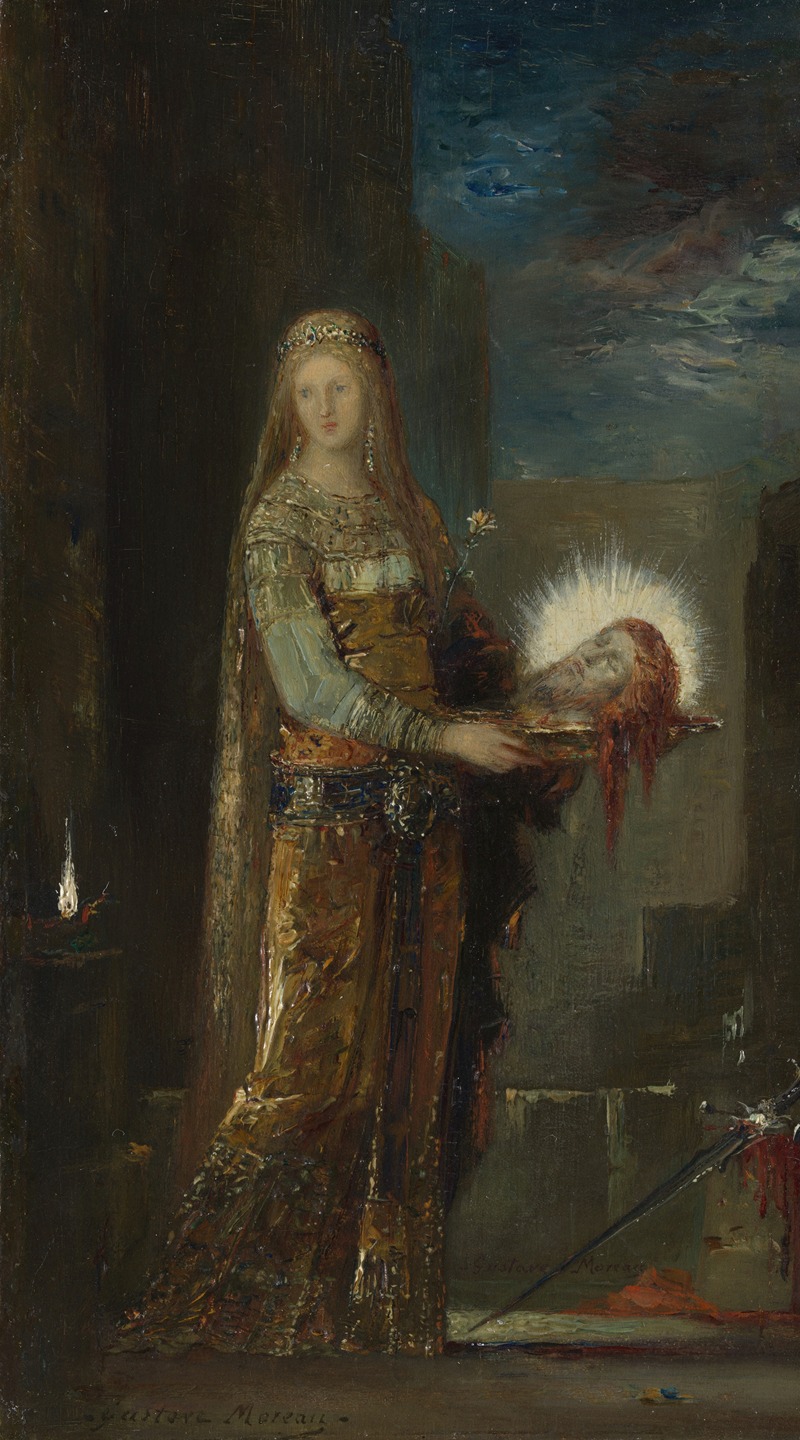
Salome with the Head of John the Baptist
A hand-painted replica of Gustave Moreau’s masterpiece Salome with the Head of John the Baptist, meticulously crafted by professional artists to capture the true essence of the original. Each piece is created with museum-quality canvas and rare mineral pigments, carefully painted by experienced artists with delicate brushstrokes and rich, layered colors to perfectly recreate the texture of the original artwork. Unlike machine-printed reproductions, this hand-painted version brings the painting to life, infused with the artist’s emotions and skill in every stroke. Whether for personal collection or home decoration, it instantly elevates the artistic atmosphere of any space.
"Salome with the Head of John the Baptist" is a painting by the French Symbolist artist Gustave Moreau. Created in 1876, the artwork is one of Moreau's most renowned depictions of the biblical story of Salome, a subject that fascinated the artist throughout his career. The painting is housed in the Musée Gustave Moreau in Paris, a museum dedicated to the artist's works.
The painting portrays Salome, a figure from the New Testament, who is often associated with the story of the beheading of John the Baptist. According to the Gospels of Matthew and Mark, Salome danced before King Herod, who, pleased by her performance, promised to grant her any wish. At the behest of her mother, Herodias, Salome requested the head of John the Baptist on a platter. Moreau's interpretation of this narrative focuses on the moment of Salome's triumph, presenting her as an enigmatic and otherworldly figure.
In this work, Moreau employs his characteristic style, blending intricate detail with a dreamlike atmosphere. Salome is depicted in an opulent, richly adorned setting, surrounded by elaborate architectural and decorative elements. Her attire is lavish, featuring intricate patterns and jewel-like embellishments, which reflect Moreau's fascination with exoticism and his meticulous attention to detail. The painting's composition emphasizes Salome's central role, with her figure illuminated against a darker, more subdued background.
Moreau's depiction of Salome diverges from traditional interpretations of the biblical story. Rather than focusing on the violence or moral implications of the narrative, the artist presents Salome as a mysterious and almost divine figure, embodying both beauty and danger. This approach aligns with the Symbolist movement's interest in exploring themes of mysticism, sensuality, and the subconscious.
The painting is executed in oil on canvas and measures approximately 143 x 103 cm. It is part of a larger body of work by Moreau that explores the theme of Salome, including other notable pieces such as "The Apparition" (1876). These works collectively highlight Moreau's preoccupation with the interplay of the spiritual and the sensual, as well as his innovative use of color, texture, and symbolism.
"Salome with the Head of John the Baptist" remains a significant example of Gustave Moreau's contribution to the Symbolist movement and his unique approach to biblical and mythological subjects. The painting continues to be studied and admired for its intricate detail, imaginative composition, and the enigmatic portrayal of its central figure.








